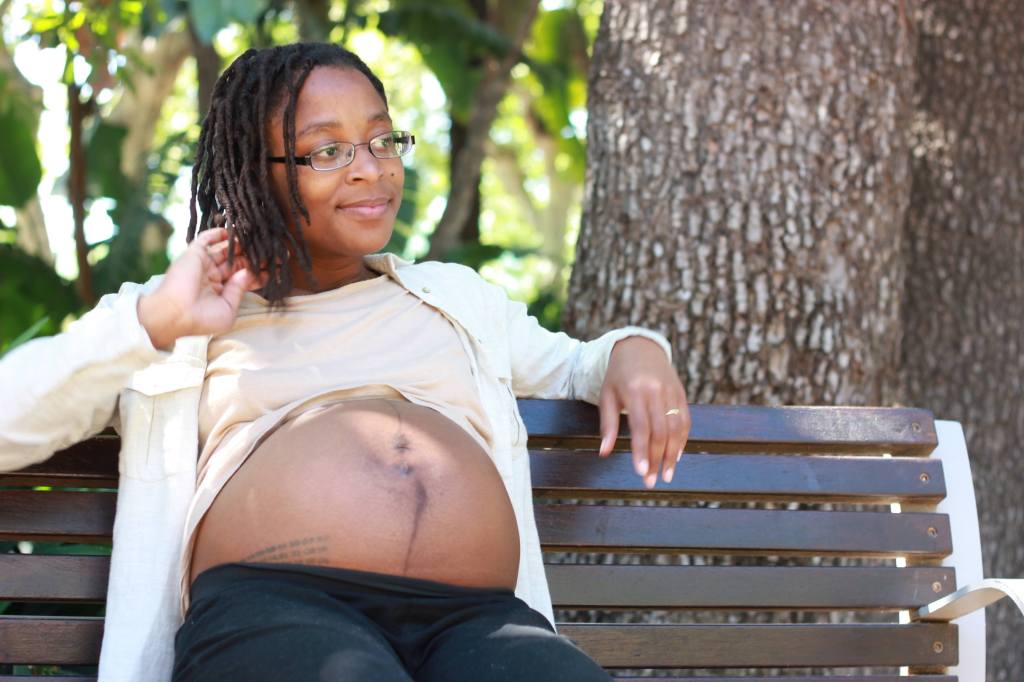
I first heard about unassisted birth around six years ago. My cousin’s childhood friend was expecting her son and preparing to give birth at home alone with her partner. She had been receiving prenatal care from an obstetrician up until her 20th week, at which point she decided to drop their services and do things differently. She and her partner would be responsible for her prenatal checks and everything else including the birth, immediate postpartum, and newborn care.
At the time, I was surprised and shocked to hear her plans. It seemed like an extreme and irresponsible choice to give birth without a medical professional. I had so many questions like whether or not it was legal or how she’d register the baby, but I was primarily concerned with its safety. Why would anyone choose to give birth without a midwife and aren’t they necessary?
I didn’t find the answers to these questions or even sit with them long enough to do so until much later, right before becoming pregnant with my second child. My cousin’s friend had had her son and everything went beautifully, but instead of changing my mind or digging deeper I felt relieved for them. To me, they had just been lucky.
It was my daughter’s easy and relatively quick birth that sparked a change within me. We had been preparing for a home birth, but she was born in a hospital out of town. Although the setting was not what I’d envisioned, I felt empowered and energized afterwards.
I had dilated naturally without monitors, strangers, or cervical checks. I retreated within myself and rode the waves with the strength of all the women who came before me. I felt held by my partner even though I preferred to be left untouched and alone most of the time. My baby and I worked together.. My body knew how to birth the same way it knew how to grow a healthy baby, and I only had to let it.
We started trying for Indigo in August 2020, and I got pregnant right away. His pregnancy was different physically and emotionally, and I dreamed of an entirely different birth for him. Naia’s had been wild and eventful with last minute ambulance rides and Argentinean paramedics, but this baby wanted peace and calm. We both did.
After birthing my daughter, my mind recognized what my body had always known: birth belongs to women. And when I pictured my son’s arrival, I realized that he and I were the only essential components of birth, not the doctor or the midwife. It is not extreme to choose to do things on your own, it’s extreme to not even consider that a real option.





